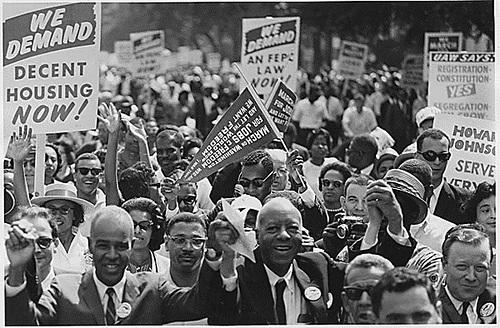Affirmatively Furthering Fair Housing: Considerations for the New Geography of Poverty

Posted in News Story
Natalie Holmes, 2013-2014 Pablo Eisenberg Public Interest Fellow, co-authored the article, “Affirmatively Furthering Fair Housing: Considerations for the New Geography of Poverty,” as part of her fellowship at the Brookings Institution. The article, found on pages 3-4 and 13-14 of Poverty and Race, notes that the geography of race and poverty has changed significantly since the Fair Housing Act became law in 1968. Today, “a majority of all racial/ethnic groups, and a majority of all poor individuals, live in the suburbs.”
As the number of poor people in suburban communities has surpassed the number in cities, fair housing practices have become increasingly relevant in the suburbs. While the suburbs often maintain access to higher quality communities, they face various obstacles to economic success and stability, including “limited access to transit, sparse and financially tenuous safety nets, and a lack of philanthropic resources to support anti-poverty efforts.” Learn more about the implications of this shift and the new HUD regulations by reading the article.
You can also view Natalie’s recent blog post on Confronting Suburban Poverty in America.
